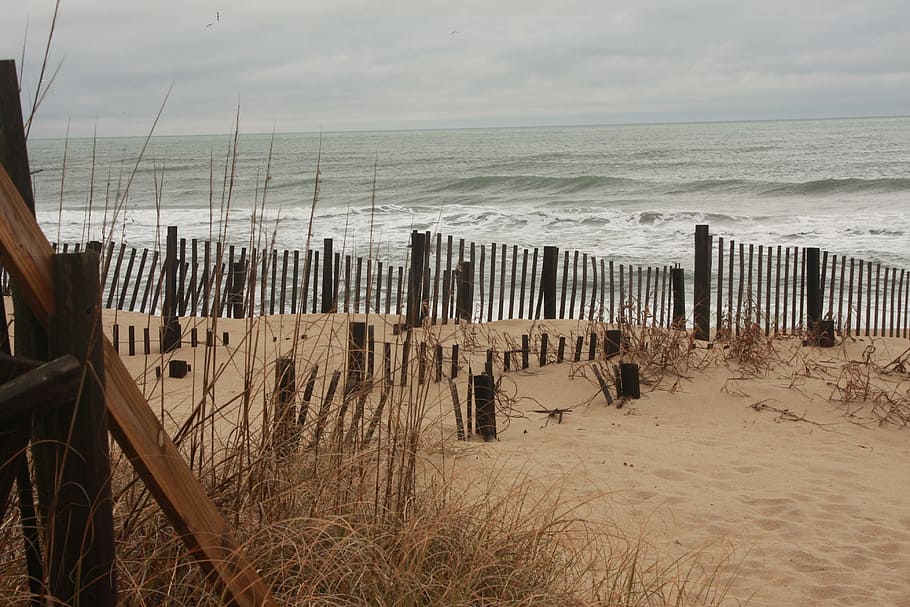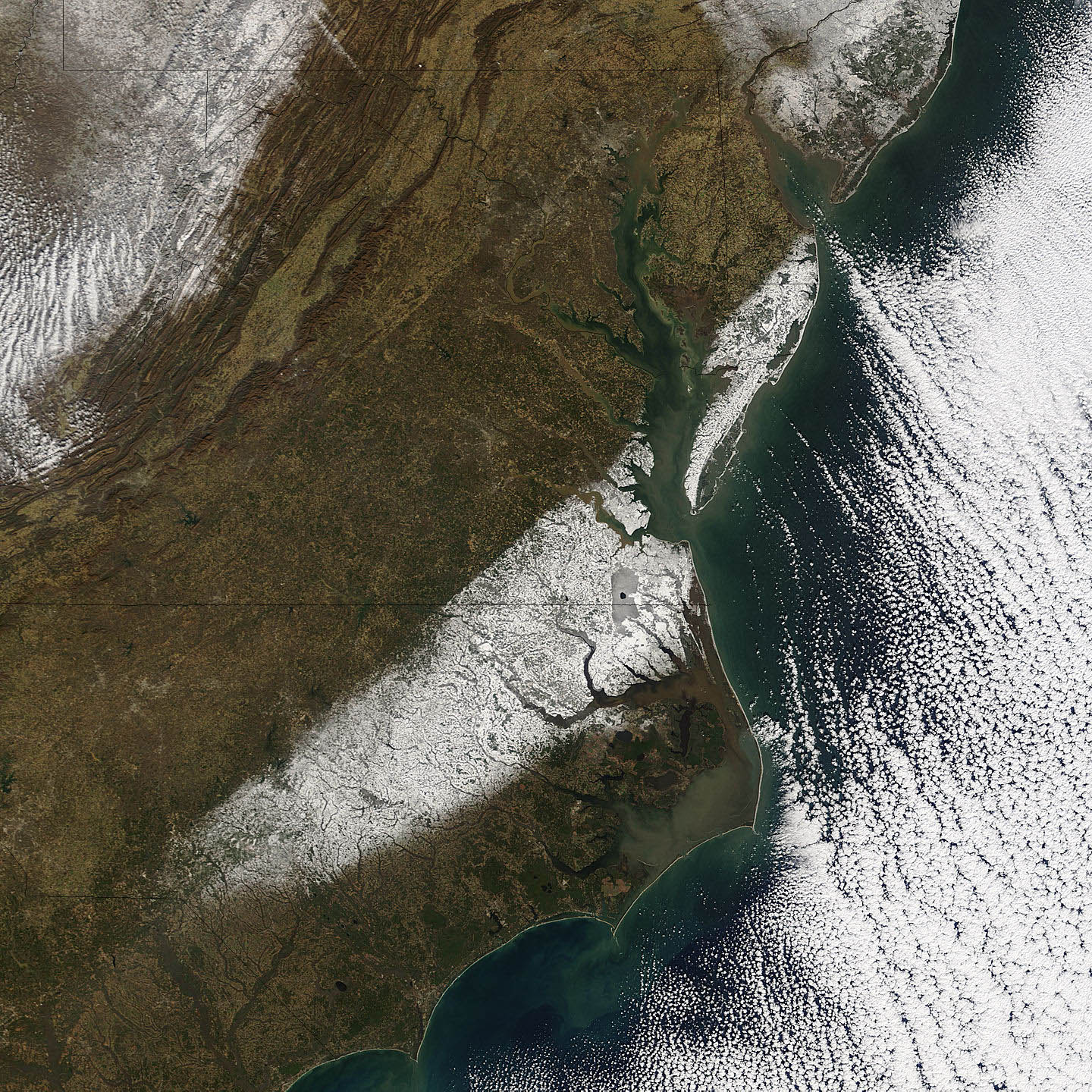Outer Banks North Carolina Winter Storm: Surviving The Fury Of Nature
When winter storms hit Outer Banks, North Carolina, it's like Mother Nature is throwing her biggest tantrum right on the doorstep of paradise. This thin strip of islands, known for its stunning beaches and rich history, transforms into a battleground during the colder months. Winter storms here aren't just a weather event—they're an experience that locals and visitors alike have to brace for. So, buckle up because we're diving deep into what makes these storms so intense and how people survive them.
Outer Banks has a reputation for being a haven for beach lovers and adventure seekers. But when the temperature drops and the winds pick up, this idyllic destination becomes a place where preparation and resilience are key. Understanding the winter storm patterns in this area is crucial, not just for tourists but also for those who call it home year-round.
From the science behind why winter storms hit Outer Banks so hard to the practical steps people take to stay safe, this article will cover everything you need to know. Whether you're planning a winter visit or just curious about the challenges faced by this unique coastal community, you're in for a wild ride.
Read also:Ginuwine And Sole Daughter A Heartwarming Story Of Family And Legacy
Table of Contents
- Introduction
- Understanding Outer Banks Winter Storms
- Historical Winter Storms in Outer Banks
- Climate Factors Contributing to Winter Storms
- Preparation Tips for Residents and Visitors
- Community Response and Emergency Plans
- Economic Impact of Winter Storms
- Environmental Effects on the Barrier Islands
- Travel Advice for Winter Visitors
- Future Predictions for Winter Storms
Understanding Outer Banks Winter Storms
So, what exactly makes Outer Banks such a hotspot for winter storms? Well, it's all about location, location, location. Situated along the Atlantic coastline, Outer Banks is at the mercy of several weather systems that converge here during the winter months. The interaction between cold air from the north and warm ocean currents creates the perfect storm, literally.
How Winter Storms Form
Winter storms in Outer Banks typically form when a low-pressure system moves in from the west or north. This system pulls in moist air from the Atlantic Ocean, which then clashes with the colder air over land. The result? A whole lot of wind, rain, and sometimes even snow. It's like a recipe for chaos, but it's a recipe that meteorologists have been studying for years to better predict these events.
Historical Winter Storms in Outer Banks
Outer Banks has seen its fair share of memorable winter storms over the years. Some of these storms have left a lasting impact on the landscape and the people who live there. Let's take a look at a few notable ones.
Storms That Shaped the Islands
- 1998 Nor'easter: This storm caused significant flooding and erosion, reshaping parts of the coastline.
- Winter Storm Jonas (2016): Known for its heavy snowfall, Jonas was one of the most intense storms to hit the area in recent years.
- 2021 Winter Storm Uri: Brought freezing temperatures and power outages, highlighting the need for better infrastructure.
Climate Factors Contributing to Winter Storms
The climate of Outer Banks plays a big role in the frequency and intensity of winter storms. Being a barrier island, it's exposed to the full force of the ocean and the weather systems that pass through. The Gulf Stream, a powerful Atlantic Ocean current, also influences the weather here, bringing warmth that can exacerbate storm conditions.
Scientists are continually studying how climate change might affect these patterns. Warmer ocean temperatures could lead to more intense storms, while rising sea levels increase the risk of flooding. It's a complex interplay of factors that make predicting future storms a challenge.
Preparation Tips for Residents and Visitors
Whether you're a local or just visiting, being prepared for a winter storm in Outer Banks is essential. Here are some tips to help you weather the storm:
Read also:Disneyland Cocoa Puff Cold Brew The Ultimate Coffee Adventure You Need To Try
For Residents
- Stock up on non-perishable food and water.
- Make sure you have a reliable source of heat and light, like generators or flashlights.
- Stay informed by keeping an eye on local weather reports and emergency alerts.
For Visitors - Check the forecast before planning your trip.
- Have a backup plan for accommodations in case of cancellations.
- Carry warm clothing and emergency supplies in your vehicle.
Community Response and Emergency Plans
The community of Outer Banks has developed robust emergency plans to deal with winter storms. Local governments work closely with weather services to provide timely warnings and evacuation orders when necessary. Volunteers and emergency responders are always ready to assist those in need, ensuring that everyone stays safe during these challenging times.
Emergency Resources
Residents and visitors can access a variety of resources during a winter storm, including:
- Shelters set up by local authorities.
- Hotlines for emergency assistance.
- Online platforms for updates and communication.
Economic Impact of Winter Storms
Winter storms can have a significant economic impact on Outer Banks. Tourism, which is a major industry in the area, often suffers when storms disrupt travel plans. Businesses may close temporarily, and some may face damage that requires costly repairs. However, the community has shown remarkable resilience in bouncing back from these setbacks.
Rebuilding and Recovery
Efforts to rebuild after a storm involve not only repairing physical structures but also restoring the confidence of visitors. Local businesses and government agencies collaborate to ensure that Outer Banks remains an attractive destination, even in the face of adverse weather conditions.
Environmental Effects on the Barrier Islands
Winter storms can wreak havoc on the natural environment of Outer Banks. Erosion caused by strong winds and waves can alter the shape of the islands, affecting wildlife habitats and vegetation. However, the dynamic nature of barrier islands means they are constantly changing, and over time, they can recover from these disturbances.
Conservation Efforts
Various conservation groups work tirelessly to protect the unique ecosystems of Outer Banks. Initiatives such as beach restoration projects and wildlife monitoring help mitigate the environmental impact of winter storms. These efforts are crucial in preserving the natural beauty that draws people to this area.
Travel Advice for Winter Visitors
If you're planning a winter visit to Outer Banks, there are a few things you should keep in mind to ensure a safe and enjoyable trip:
What to Expect
- Be prepared for unpredictable weather conditions.
- Carry appropriate gear for cold and wet weather.
- Respect local advisories and follow safety guidelines.
Best Times to Visit
While winter storms can make visiting Outer Banks challenging, they can also offer a unique experience. The off-season can be a great time to explore the area without the crowds, provided you're ready for the weather. Just make sure to check the forecast and plan accordingly.
Future Predictions for Winter Storms
Looking ahead, scientists predict that winter storms in Outer Banks may become more frequent and intense due to climate change. This means that both residents and visitors will need to adapt to these changing conditions. Advances in weather forecasting technology and improved emergency preparedness will be key in managing the impact of future storms.
Adapting to Change
Communities along the Outer Banks are already taking steps to adapt to the changing climate. This includes building more resilient infrastructure, implementing sustainable practices, and educating the public about the importance of preparedness. By working together, they aim to ensure that Outer Banks remains a vibrant and safe place to live and visit.
Conclusion
Outer Banks, North Carolina, is a place of contrasts—beautiful beaches and harsh winter storms. Understanding these storms and how to prepare for them is essential for anyone who lives in or visits this area. From the science behind their formation to the community's response and the economic and environmental impacts, winter storms in Outer Banks are a fascinating topic that deserves attention.
So, the next time you find yourself on the Outer Banks during the winter months, remember to respect the power of nature and take the necessary precautions. And if you're lucky, you might just witness the raw beauty of a winter storm up close—a spectacle that's both daunting and awe-inspiring.
Got any questions or thoughts? Drop a comment below or share this article with your friends who might be interested in learning more about Outer Banks and its wild winter weather. Stay safe and keep exploring!
Article Recommendations


